2011 Best Companies To Partner With
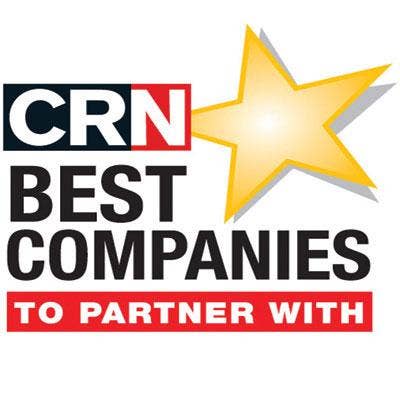
Time To Align: The Best Companies To Partner With
Technology and business models are changing at such a rapid pace and solution providers need to determine which vendors can help them with this aggressive business transformation.
As a result, CRN has created this new and exclusive research study called Best Companies To Partner With. Unveiled Tuesday at COMDEXvirtual, this list will help you determine which vendors can help you adapt to this change and morph your business.
CRN's 2011 Best Companies To Partner With measures customer demand, partner relevance and strength of technology. In total there were 225 vendors in 13 technology categories surveyed among 400 completed responses.
This list represents the must-have companies in a variety of technology segments.
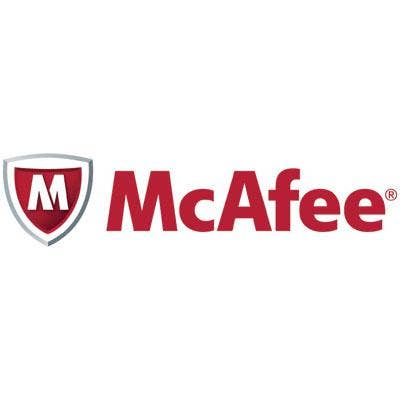
No. 25: McAfee
Operating as a separate subsidiary of Intel, McAfee has raised the bar when it comes to its channel programs. In August the company unveiled a new deal registration program that offers VARs 25-point margins. What’s more, McAfee continues to bolster its security offerings through acquisitions. This year the company bought Sentrigo for its database vulnerability management technology and NitroSecurity for its security information management wares.
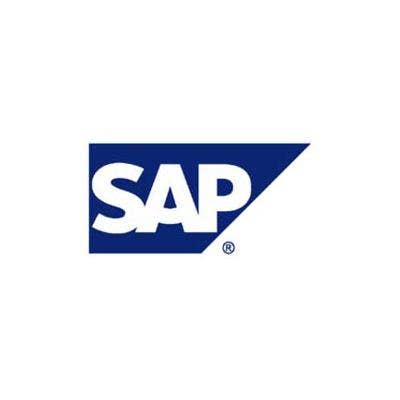
No. 24: SAP
Enterprise software maker SAP has been aggressively courting the channel in the last few years in an effort to grow the percentage of sales though the channel from 20 percent to 40 percent. The company dropped the requirements that forced VARs to pay 50 percent of software licensing purchases up front. They also announced that all sales under $500 million now go exclusively through the channel, reorganized their field operations and named Robert Courteau as the president of North America operations.
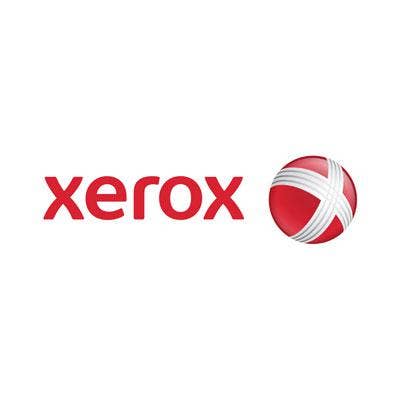
No. 23: Xerox
Xerox has a loyal following of printer and copier VARs but is hoping to expand that base to networking and managed service providers. This year the company partnered with Cisco on a cloud IT outsourcing, managed print and mobile print initiative. The company also created econcierge, a supplies services revenue stream and expanded the product portfolio of what VARs can offer from Xerox.
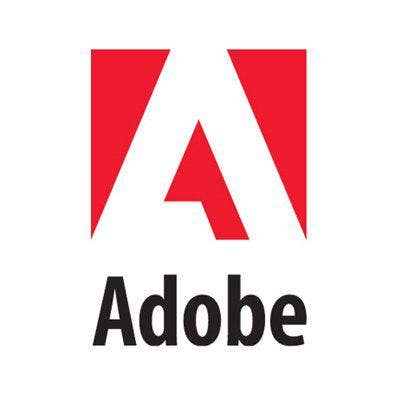
No. 22: Adobe
Adobe has deep roots in document management and publishing and plans to get even deeper into the technology. The company acquired Demdex, a document management platform developer, unveiled a new HTML design tool and reorganized the company around content authoring and digital marketing.

No. 21: APC
A long-standing channel partner, APC by Schneider Electric (and its VAR partners) have a huge opportunity around the data center, power management and energy efficiency. This year the company bought Lee Technologies, and with the acquisition, hopes to make it easier for solution providers to take data center remote monitoring services to the customer.
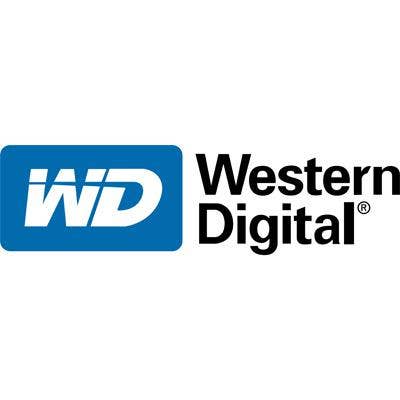
No. 20: Western Digital
The hard drive market has seen significant consolidation and there are just a few players left standing. Western Digital is one of the two leaders in the hard drive and solid-state drive market today. It recently acquired Hitachi Global Storage Technologies for $4.3B to grow its OEM business.
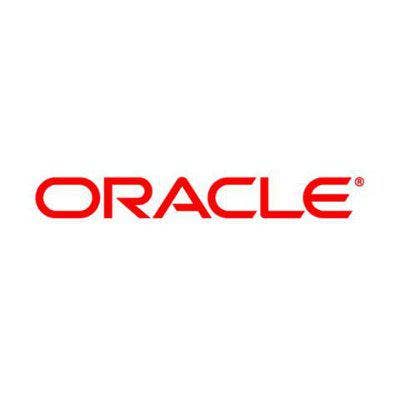
No. 19: Oracle
As a vendor of choice when it comes to databases and enterprise applications, Oracle acquired Sun and gained a foothold in hardware. The company has now integrated the Sun technology into its product lines, most notably through the Exadata, Exalogic and Oracle Database Appliance offerings. With its lower-end wares, Oracle is expanding aggressively in the channel, reworking channel compensation and operations to make it easier to do business with Oracle.
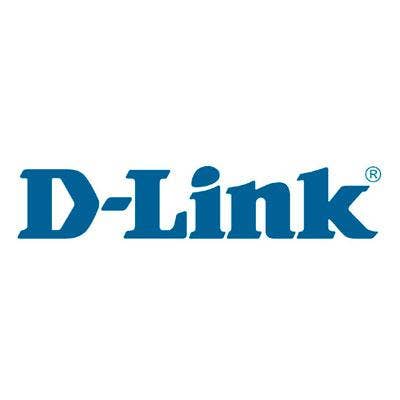
No. 18: D-Link
D-Link gives VARs servicing the small and midsize businesses a broad range of products from networking infrastructure to storage, giving them an alternative to the larger vendors in the marketplace. As a way to lure partners, D-Link has also made changes to its partner program including targeted discounts, a volume-based rebate scheme, extra benefits for specialized partners and more clearly defined partnership tiers.
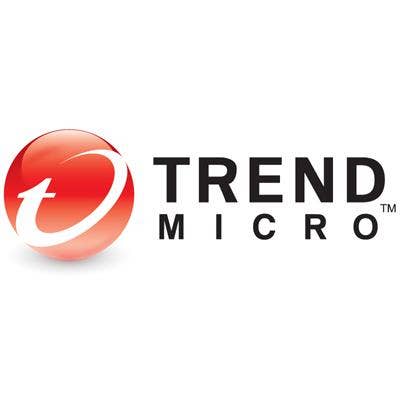
No. 17: Trend Micro
As a leader in endpoint protection and security, Trend Micro is a go-to partner for some of the newest threats including mobile protection, endpoint and social media protection. Trend Micro has been moving aggressively to the cloud with its services and recently signed on Ingram to distribute it Deep Security cloud offering.
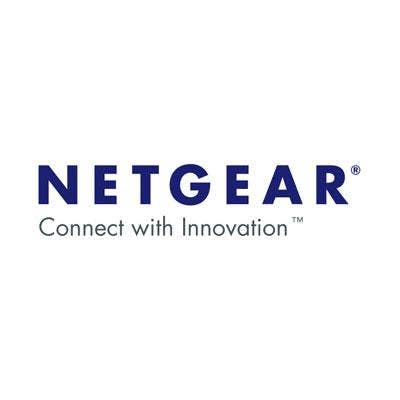
No. 16: Netgear
Netgear offers VARs an outstanding range of options when it comes to network infrastructure. From security to storage to wireless and security, the company is looking to become a one-stop shop. And it is looking to VARs to sell its products as part of a converged infrastructure to the midmarket.
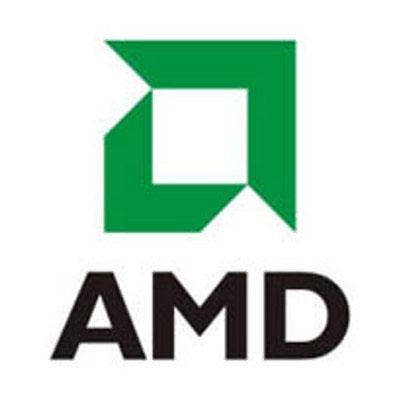
No. 15: AMD
While the chip maker has had a tumultuous few years, the dust seems to have settled with the appointment of Rory Read as CEO, formerly president of COO and Lenovo. And there is more good news when it comes to technology. AMD has raised the bar with their Fusion series of processors, completely integrating the GPU into the CPU. The company has also tried to take advantage of some of Intel’s missteps with Sandy Bridge to compete with the chip giant.
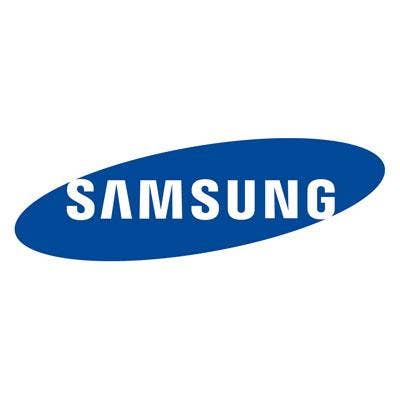
No. 14: Samsung
Samsung has been aggressive on multiple fronts from tablet devices to monitors and digital signage. Its Galaxy and Slate tablets run on the Android and the Windows 8 platform. They also lead the charge when it comes to display technologies and refreshed its 650 Series LED monitor line as well as intensified their commitment to the channel through improvements in its program tiers, partner Web portal, Webinars and video training.
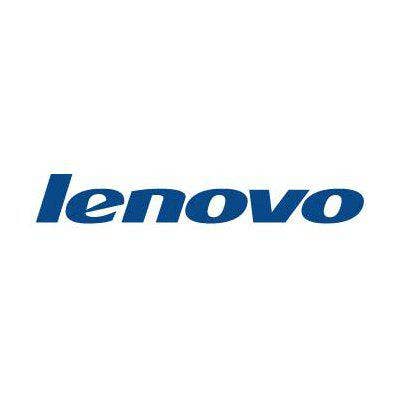
No. 13: Lenovo
This client device manufacturer has set its sights on a wider reach with its recent acquisition of German PC company Medion and its strategic partnership with NEC Japan. Jumping on the tablet craze, Lenovo was one of the first vendors to come out with a tablet and it has refreshed its flagship ThinkPad line. Last month Lenovo overtook Dell as the second largest worldwide PC maker, according to IDC and credits its success to its channel-first initiatives.
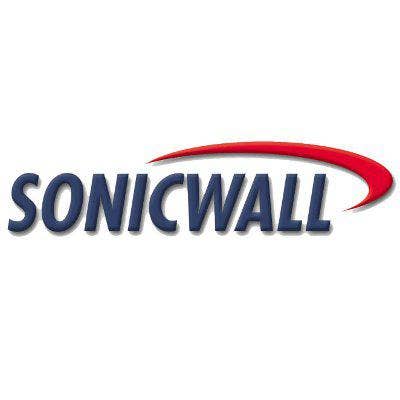
No. 12: SonicWall
Staying one step ahead of the bad guys is a tough business and SonicWall went private more than a year ago to be able to gain some flexibility and invest in R&D. As a result, it has been able to stay ahead of the curve with mobile, social media and network security offerings. Its channel-friendly programs make it a go-to for VARs servicing midmarket and small businesses. Its success in this market has allowed it to increase its investments in the channel where an overwhelming majority of marketing dollars go to demand generation and fulfillment through the channel.
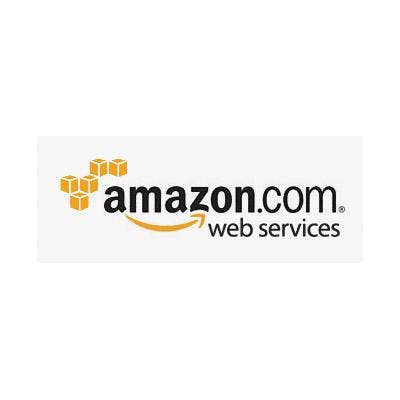
No. 11: Amazon
This mega-etailer helped define cloud offerings with its EC2 platform and continues to launch cloud services including email and storage and is own Android tablet device. It wasn’t without controversy, however, when it was dogged with cloud outages earlier this year. The channel is beginning to embrace its offerings and Amazon boasts a small but growing channel.
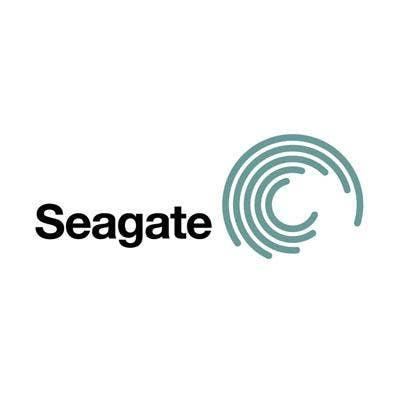
No. 10: Seagate
This channel-friendly vendor has been in the market for a long time, offering reliable and robust storage with its hard drives, flash memory and solid state drive technology. This year it acquired Samsung’s hard drive business after working together on solid-state drive technology. The fruits of their labor can be seen with Seagate’s new SSDs featuring Samsung technology.
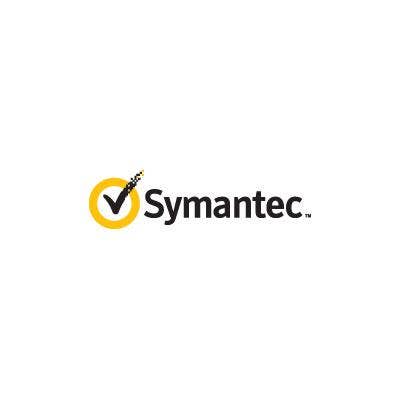
No. 9: Symantec
Symantec is synonymous with security and storage, and it has spent much of this year refreshing its flagship products including BackUp Exec, Enterprise Vault, Endpoint Protection 12 and its managed security offerings. They also continue to win kudos with their specialization certifications and managed service offerings.
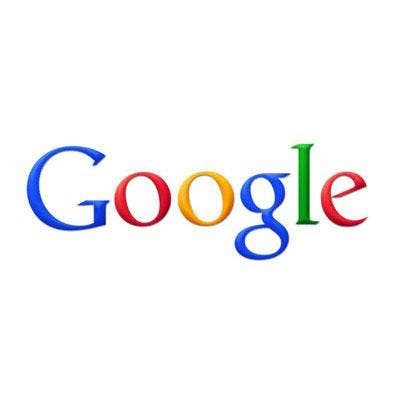
No. 8: Google
Google is a relative new-comer when it comes to the channel but has undeniable brand strength. The company has begun to court the channel with new partner rankings and a plethora of cloud services including Google drive, Gmail, Google Docs, and even hardware with the Chromebook. This year Google bought Motorola Mobility to help beef up their presence in the mobile market. Its Android devices and the droid app marketplace has seen some significant growth and today Google has more than 3,000 partners worldwide.
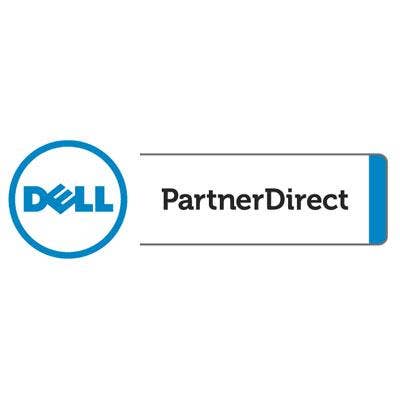
No. 7: Dell
Hoping to be the backbone provider of the data center, Dell has expanded from client devices to a broad portfolio of storage, security, networking and hardware through acquisitions including Compellent, Equalogic, Force 10, Secure Works, Boomi, InsiteOne, among others. To get VARs up to speed on all the new and integrated technologies, the company has invested up to $1B in demo centers and embarked on an aggressive growth strategy, almost doubling the number of Dell certified partners. They, too, have a cloud play, recently rolling out Dell Cloud Business Applications a family of integrated SaaS applications with cross-application cloud analytics.
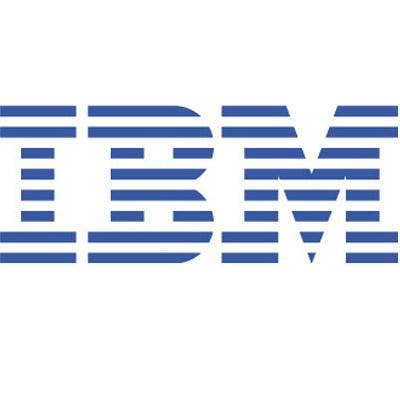
No. 6: IBM
IBM is focused on expanding its software portfolio and last year spent billions to acquire ecommerce software vendor Sterling Commerce, interactive marketing application developer Unica, and Web analytics software vendor Coremetrics. Through its Smarter Commerce initiative, IBM has also offered training and certification for channel partners who want to build a practice around IBM ecommerce software and has committed $1B in financing over the next 18 months to help SMBs purchase them.
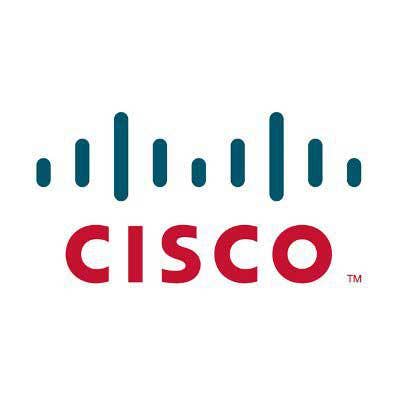
No. 5: Cisco
Cisco has grown its business on the back of the channel and is circling back with a partner-led model with Chuck Robbins leading the sales charge. After a year of disappointing earnings, Cisco embarked on a major reorganization, laying off 6,500 people, removing $1B in expenses and streamlining for Cisco the future. Gone are the days of 30 adjacencies. Rather the company is now focused on their core networking business including routing, switching, security and mobility, collaboration, data center, video, and the business architectures that tie those technologies together.
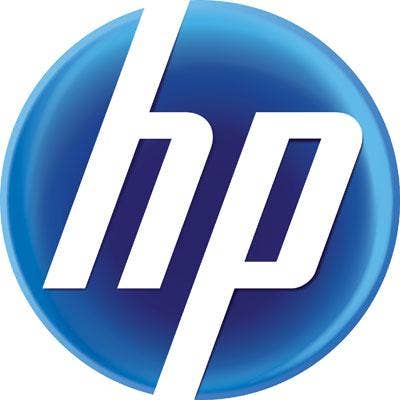
No. 4: HP
It has been quite a year for HP with the ouster of Mark Hurd, followed by the appointment and resignation of Leo Apotheker. Today Meg Whitman leads the charge trying to figure out how to integrate enterprise software maker Autonomy and whether to spin out its PSG division. Despite its missteps, HP has been a long-standing channel partner and still the largest technology company in the world with significant clout and a loyal base of partners.
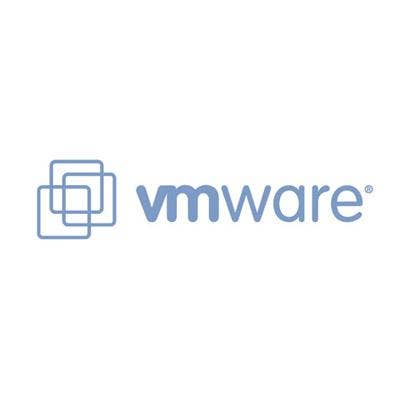
No. 3: VMWare
VMWare is in the enviable position of being the leader in virtualization, a market that VARs find increasingly important and lucrative for their business. This year the company released its largest simultaneous product update in its 13-year history, including VMware vSphere 5, vShield, vCloud Director and Site Recovery Manager, part of the vCenter product family. But when they changed their licensing fees, users revolted and the company was forced to change course, tarnishing their pristine image. The company, however, continues to please solution providers with its new virtualization technology specializations, competencies, certifications, and solution enablement toolkits
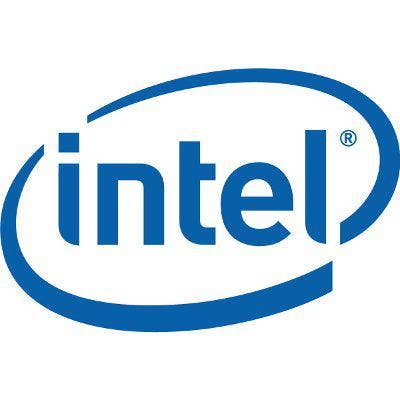
No. 2: Intel
Intel surprised the industry when it bought McAfee last year and recently unveiled the first fruit of the acquisition with DeepSafe, a combination of hardware and software that detects unknown rootkits and step in the direction of more holistic security. However, Intel was not without some missteps. A design error in Sandy Bridge cost them $700 million in repairs. Today Intel wants to work with VARs in the PC-like embedded space including digital signage, security, retail point-of-sale and storage and they have increased their channel spend by 30 percent to meet these goals.
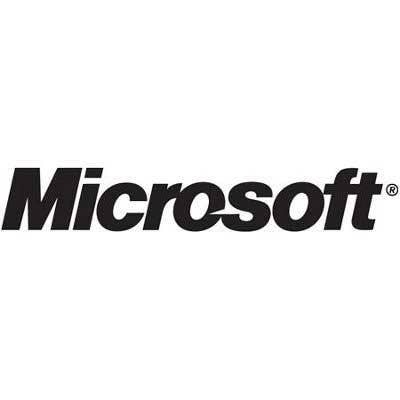
No. 1: Microsoft
Microsoft has built and grown its business hand-in-hand with the channel and rarely wavered from that approach. With 390,000 partners, ninety-five percent of its revenues from the channel, Microsoft is a consistent and solid partner. This year it rolled out Windows 8, Windows Azure, Windows Intune, and Office 365, Dynamics CRM, all opportunities for VARs to upgrade their customers. Microsoft will spend $5.8 billion on its partner ecosystem, according to execs, including new incentives for partners to sell cloud as well as a revamped version of its Volume Licensing Service Center (VLSC) site used to download software and manage software licenses and subscriptions.

Methodology
Solution providers were surveyed to determine which vendors were most important to them in four distinct categories: Customer Demand, Partner Relevance, Technology and Partnership. Respondents were assigned importance scores to each criteria and an importance index was created.
The importance index was then used to weigh vendor performance on each criterion for use in the calculation of the overall score. All scores from all categories were then combined, ranked and de-duped. The scores were determined by the top scores in the individual categories and the best overall scores in the survey. For vendors that appeared in multiple categories, the highest score was used in the determination of the top 25 vendors.